By: William Bentley, University of Maryland and Gregory Payne, University of Maryland
 Microelectronics has transformed our lives. Cellphones, earbuds, pacemakers, defibrillators – all these and more rely on microelectronics’ very small electronic designs and components. Microelectronics has changed the way we collect, process and transmit information.
Microelectronics has transformed our lives. Cellphones, earbuds, pacemakers, defibrillators – all these and more rely on microelectronics’ very small electronic designs and components. Microelectronics has changed the way we collect, process and transmit information.
Such devices, however, rarely provide access to our biological world; there are technical gaps. We can’t simply connect our cellphones to our skin and expect to gain health information. For instance, is there an infection? What type of bacteria or virus is involved? We also can’t program the cellphone to make and deliver an antibiotic, even if we knew whether the pathogen was Staph or Strep. There’s a translation problem when you want the world of biology to communicate with the world of electronics.
The research we’ve just published with colleagues in Nature Communications brings us one step closer to closing that communication gap. Rather than relying on the usual molecular signals, like hormones or nutrients, that control a cell’s gene expression, we created a synthetic “switching” system in bacterial cells that recognizes electrons instead. This new technology – a link between electrons and biology – may ultimately allow us to program our phones or other microelectronic devices to autonomously detect and treat disease.


 New research led by ECS Fellow
New research led by ECS Fellow 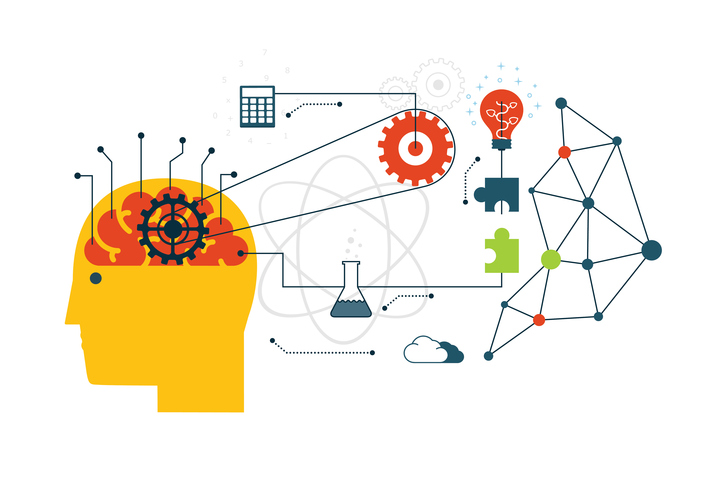 A new initiative that goes by the name,
A new initiative that goes by the name, 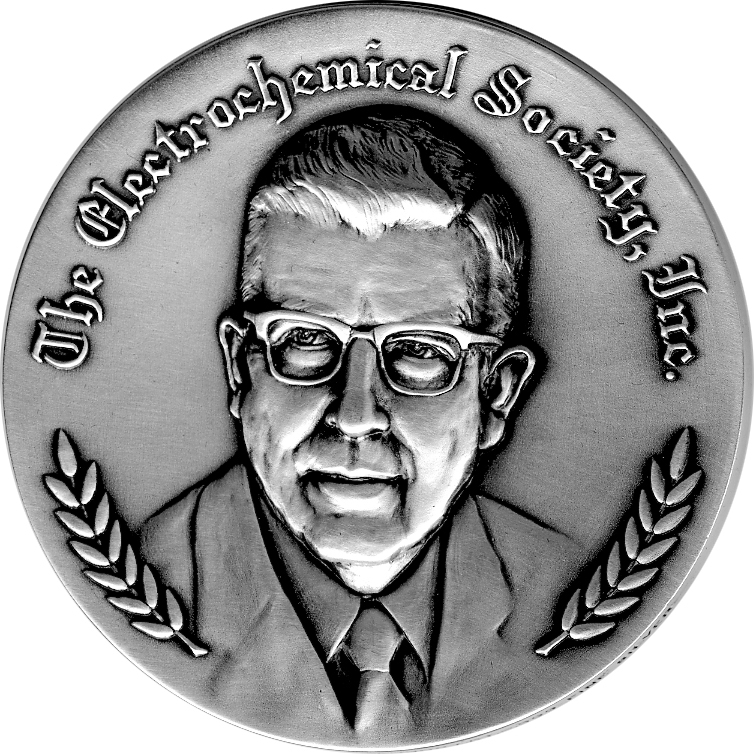 The
The 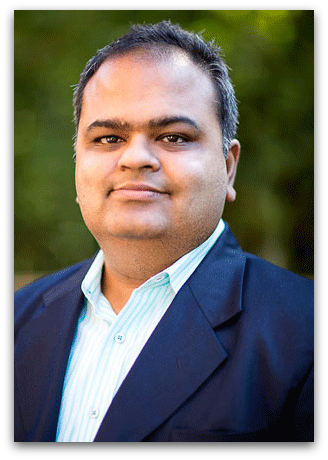 Venkat Subramanian is the Washington Research Foundation Innovation Professor of Chemical Engineering and Clean Energy at the University of Washington. His research efforts focus on computational models to bridge next-generation energy materials to battery management systems. Subramanian has recently been named a new technical editor of the
Venkat Subramanian is the Washington Research Foundation Innovation Professor of Chemical Engineering and Clean Energy at the University of Washington. His research efforts focus on computational models to bridge next-generation energy materials to battery management systems. Subramanian has recently been named a new technical editor of the  Starting in 2014, ECS partnered with Toyota Research Institute of North America to establish a fellowship for young researchers working in green energy technology, including efforts to find viable alternative energy sources as a replacement for oil, reduce carbon dioxide emissions, and prevent air pollution.
Starting in 2014, ECS partnered with Toyota Research Institute of North America to establish a fellowship for young researchers working in green energy technology, including efforts to find viable alternative energy sources as a replacement for oil, reduce carbon dioxide emissions, and prevent air pollution.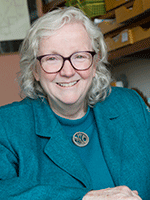 Johna Leddy
Johna Leddy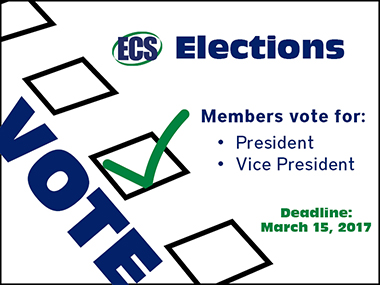
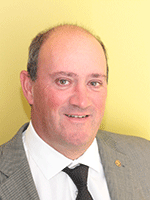 Stefan De Gendt
Stefan De Gendt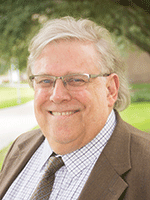 Andrew Hoff
Andrew Hoff We humans have collectively accumulated a lot of science knowledge. We’ve developed vaccines that can eradicate some of the most devastating diseases. We’ve engineered bridges and cities and the internet. We’ve created massive metal vehicles that rise tens of thousands of feet and then safely set down on the other side of the globe. And this is just the tip of the iceberg (which, by the way, we’ve discovered is melting). While this shared knowledge is impressive, it’s not distributed evenly. Not even close. There are too many important issues
We humans have collectively accumulated a lot of science knowledge. We’ve developed vaccines that can eradicate some of the most devastating diseases. We’ve engineered bridges and cities and the internet. We’ve created massive metal vehicles that rise tens of thousands of feet and then safely set down on the other side of the globe. And this is just the tip of the iceberg (which, by the way, we’ve discovered is melting). While this shared knowledge is impressive, it’s not distributed evenly. Not even close. There are too many important issues 